PHOTOS: A Piece of History, Celebrating Mardi Gras in D.C.
Historical photographs of Mardi Gras celebrations also tell the story of D.C.’s African American roots
![]()
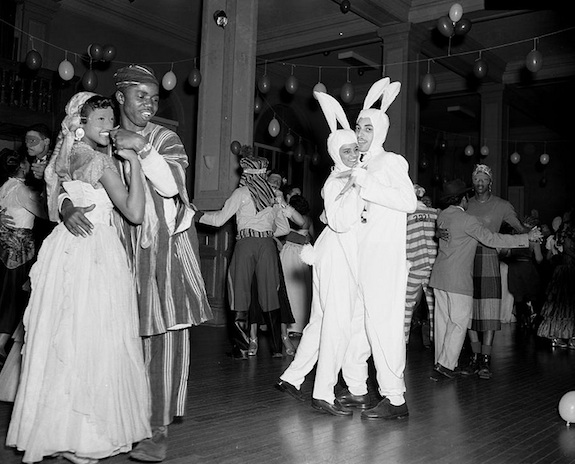
At the Omega Mardi Gras party in Washington D.C., 1930. Scurlock Studio, courtesy of the American History Museum
The photos of revelers celebrating Mardi Gras in the 1930s and 40s in Washington, D.C. seem familiar—a little fancier maybe, but the costumes and merriment are transcendent. These particular photos, documenting Howard University’s Omega Psi Phi fraternity’s festivities, tell a story as much about Mardi Gras as they do about D.C.’s prosperous African American middle class.
At the time, the district’s black population represented a little less than a third of the total population, but it was steadily growing; and by 1960, a full half of the city’s residents were African Americans. Founded at Howard University in 1911 the Omega Psi Phi was the first predominantly African American fraternity at a historically black college. And more often than not, their celebrations were captured by Addison Scurlock, a black photographer whose work in the community would span nearly three-quarters of a century and whose U Street studio would become home to an unofficial archive of African American life in D.C.
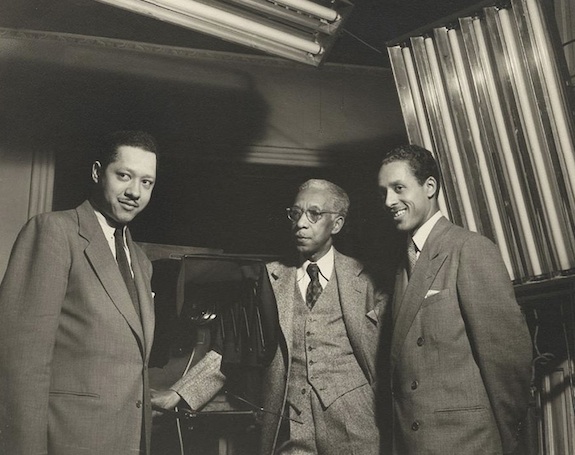
Addison with his sons, Robert and George, 1951.
Addison Scurlock came to Washington, D.C. in 1900 at age 17. In the census that year, he would list his profession as “photographer.” By 1911, he had opened his studio on U Street and was quickly on his way to becoming one of the city’s most prolific chroniclers of black life, documenting everything from concerts to birthday parties, dances to baptisms. Business at the Scurlock studio, spanned nearly a century, after his sons, George and Robert, took it over in 1963—just a year before their father died—and ran it until 1994. In 1997, the Smithsonian acquired the Scurlock Studio Collection, including 250,000 negatives and 10,000 prints.
In his 2010 article, “The Scurlock Studio: Picture of Prosperity,” Smithsonian reporter David Zax wrote:
Dashing all over town—to baptisms and weddings, to balls and cotillions, to high-school graduations and to countless events at Howard, where he was the official photographer—Addison Scurlock became black Washington’s “photographic Boswell—the keeper of the visual memory of the community in all its quotidian ordinariness and occasional flashes of grandeur and moment,” says Jeffrey Fearing, a historian who is also a Scurlock relative.
What made his work so unique was not just his subjects but the respect he gave them:
At a time when minstrel caricature was common, Scurlock’s pictures captured black culture in its complexity and showed black people as they saw themselves.
And the annual Mardi Gras celebrations were certainly a big part of that. Covering the party all the way in Pennsylvania, the New Pittsburgh Courier wrote in 1963 that the:
Alpha Omega Chapter of Omega Psi Phi Fraternity had its annual Mardi Gras, at the National Armory last Friday evening. It was a howling success with over 5,000 guests enjoying the festivities. Those who did not wear costumes came in formal attire.
The Washington Post covered the 1996 affair, describing a lavish scene:
Bright eyes flashed through sequined masks. Feathers flew as disguises were donned. The magic of Mardis Gras melted all mindfulness of the mounting snow outside, and the march began. The New Orleans Strut, they called it–a leisurely, lounging gait. A circular stroll that skirted the ballroom thrice. Two abreast here, four astride there, a single now and again. The Dixieland band was booming–its tuba, trombone and bass drum exclaiming, proclaiming about “those saints, come marching in…”
The 1995 Mardi Gras king, Frank Patterson told the Post, “Fraternalism among African Americans is a little different than it is among whites…We started out bonding with each years ago when we couldn’t be Lions or Kiwanis.” He added, “For black Greek organizations, there’s life after college.”
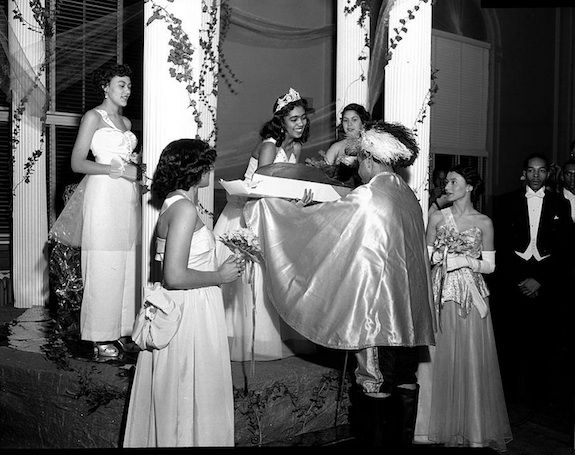
More from the 1930 Mardi Gras ball.
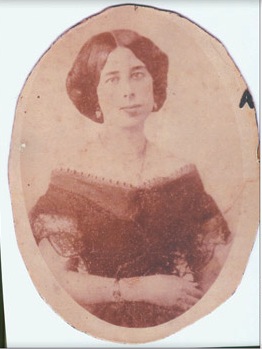
Dancing for Mardi Gras, 1930.
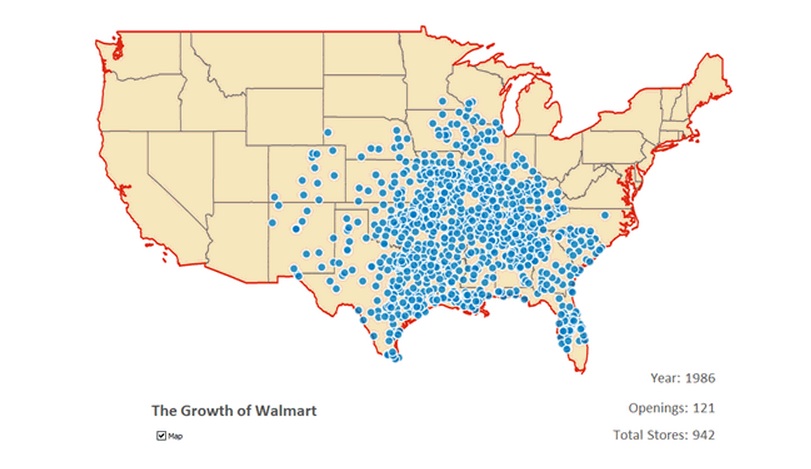
More gifts for the queen of the ball, 1930.

More costumes from a 1942 Mardi Gras bash.
/https://tf-cmsv2-smithsonianmag-media.s3.amazonaws.com/accounts/headshot/Leah-Binkovitz-240.jpg)
/https://tf-cmsv2-smithsonianmag-media.s3.amazonaws.com/accounts/headshot/Leah-Binkovitz-240.jpg)